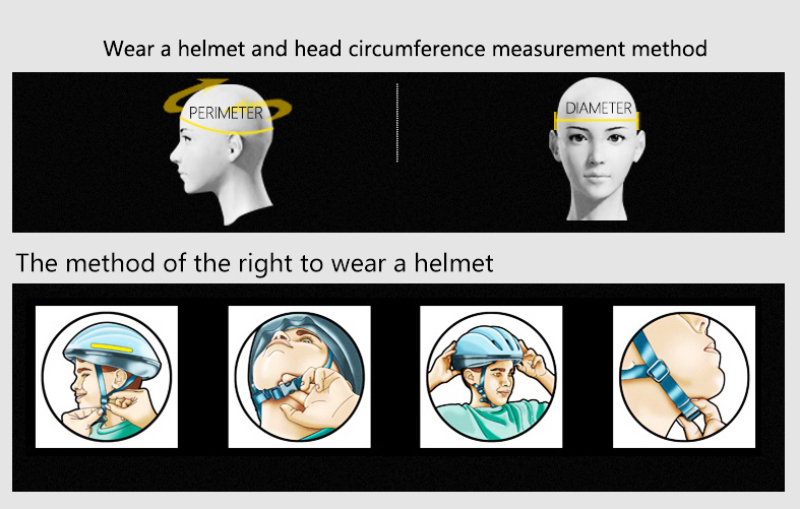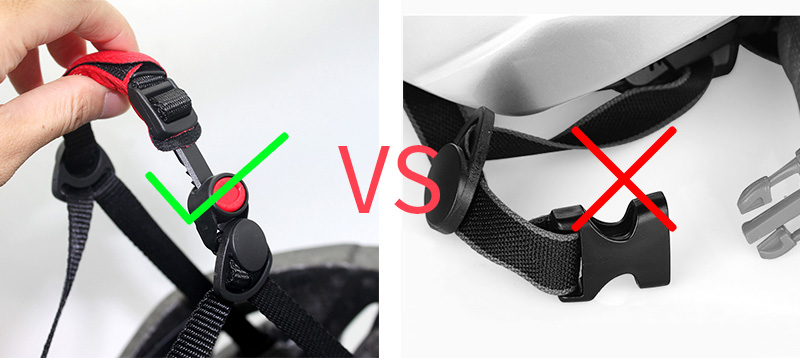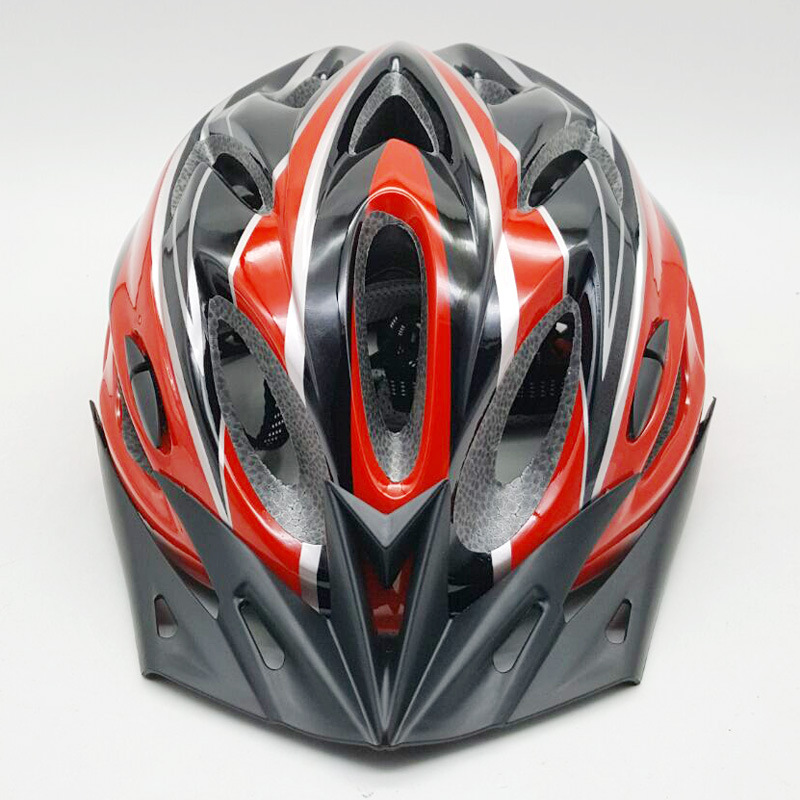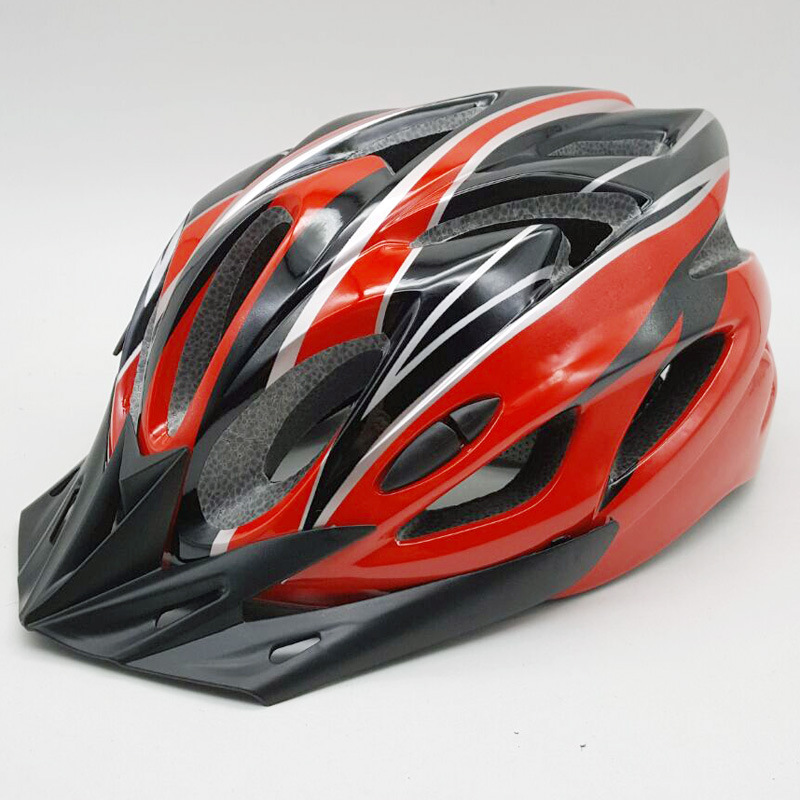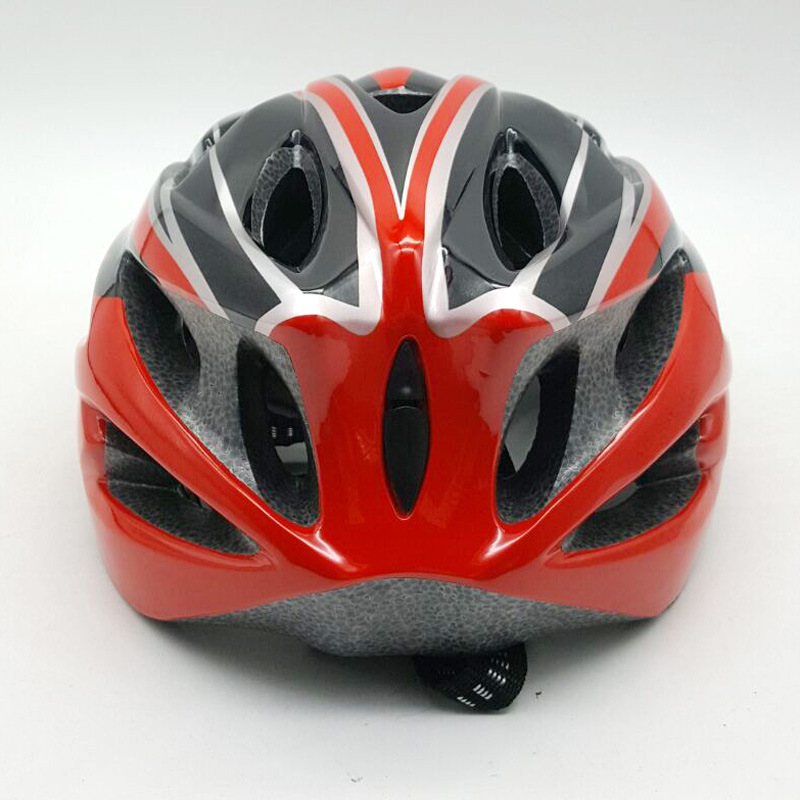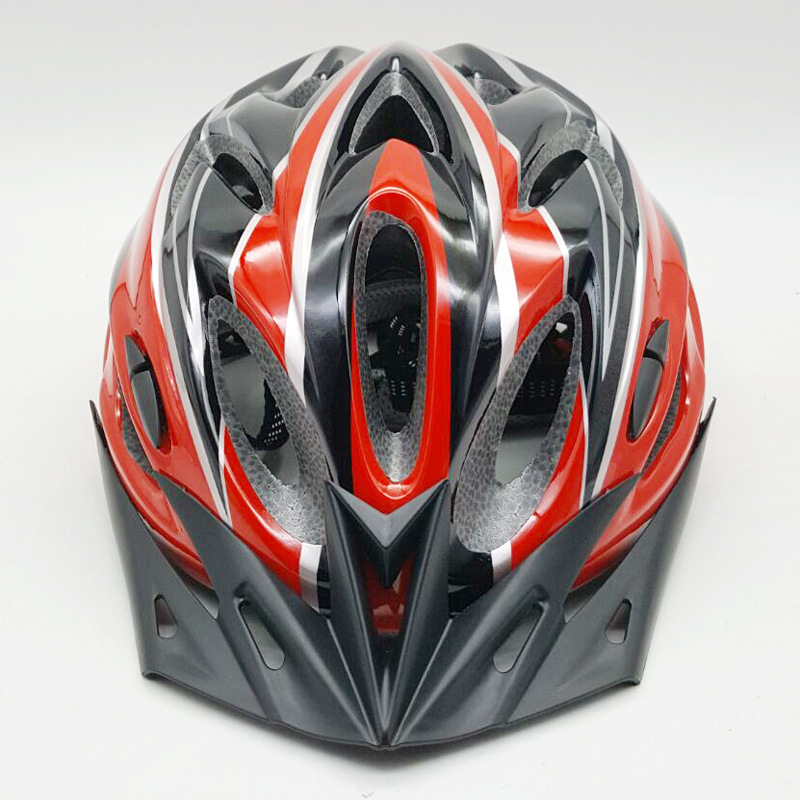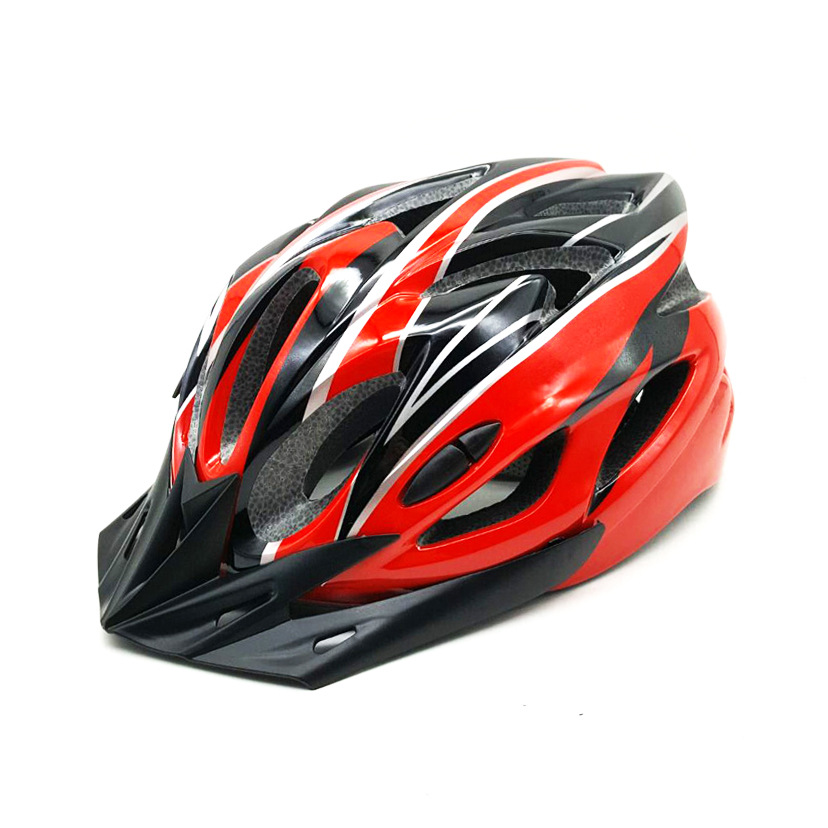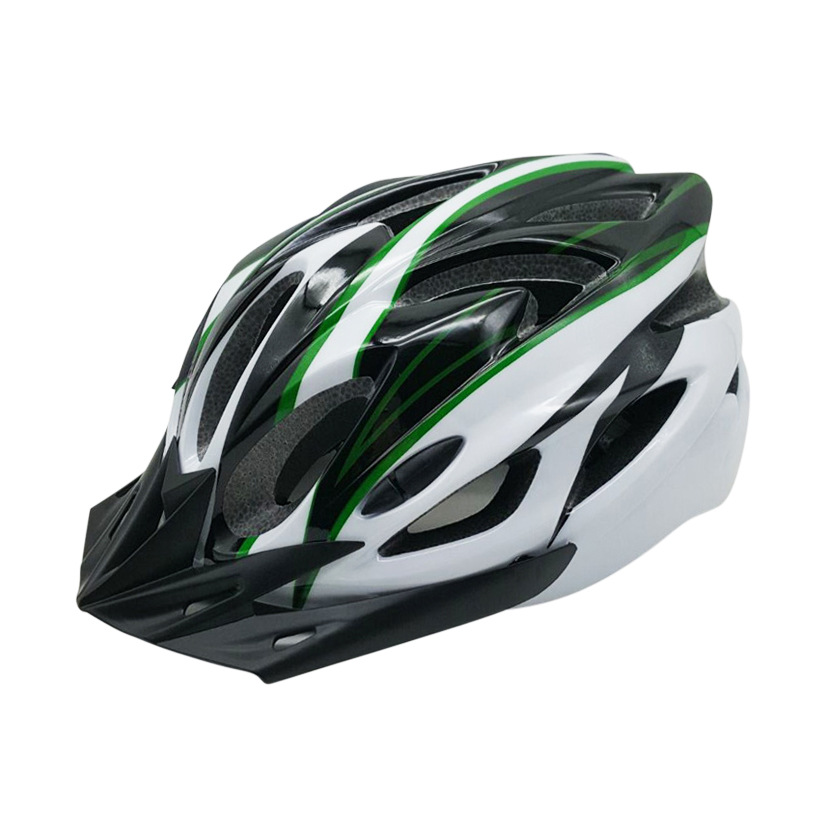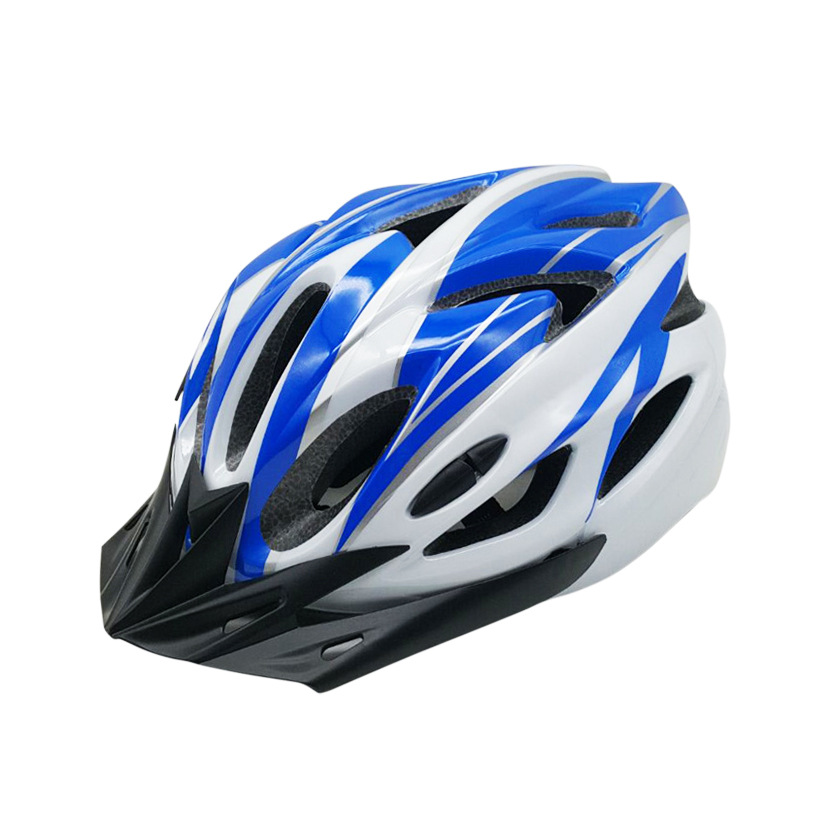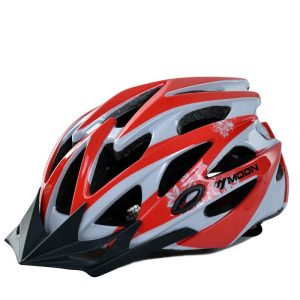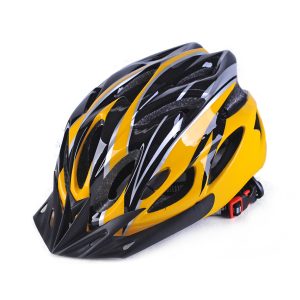A bike helmet is a crucial safety accessory designed to protect cyclists’ heads from potential injuries during biking activities. Whether you’re a casual rider, a commuter, or an avid cyclist, wearing a bike helmet is a fundamental safety practice that can save lives and prevent head injuries.
These helmets are typically constructed with a hard outer shell made from materials like polycarbonate or fiberglass, which provides impact resistance. Inside, they feature a layer of impact-absorbing foam, such as expanded polystyrene (EPS), designed to cushion and distribute the force of an impact. This combination of a hard shell and impact-absorbing foam helps mitigate the effects of crashes or falls.
One of the key features of bike helmets is their snug and secure fit, usually facilitated by adjustable straps and retention systems, ensuring that the helmet stays in place during a ride. Many modern bike helmets also come with ventilation systems to keep the cyclist’s head cool and comfortable.
The primary purpose of a bike helmet is to reduce the risk of head injuries, including concussions, skull fractures, and traumatic brain injuries, in the event of a crash or fall. Bike helmets meet safety standards set by organizations like the Consumer Product Safety Commission (CPSC) in the United States, which ensures that they provide adequate protection.
In summary, bike helmets are an essential safety measure for cyclists of all levels, offering protection against head injuries and increasing the overall safety of biking activities. Wearing a properly fitted bike helmet is a simple yet effective way to reduce the severity of injuries in case of accidents and promote responsible cycling practices.

